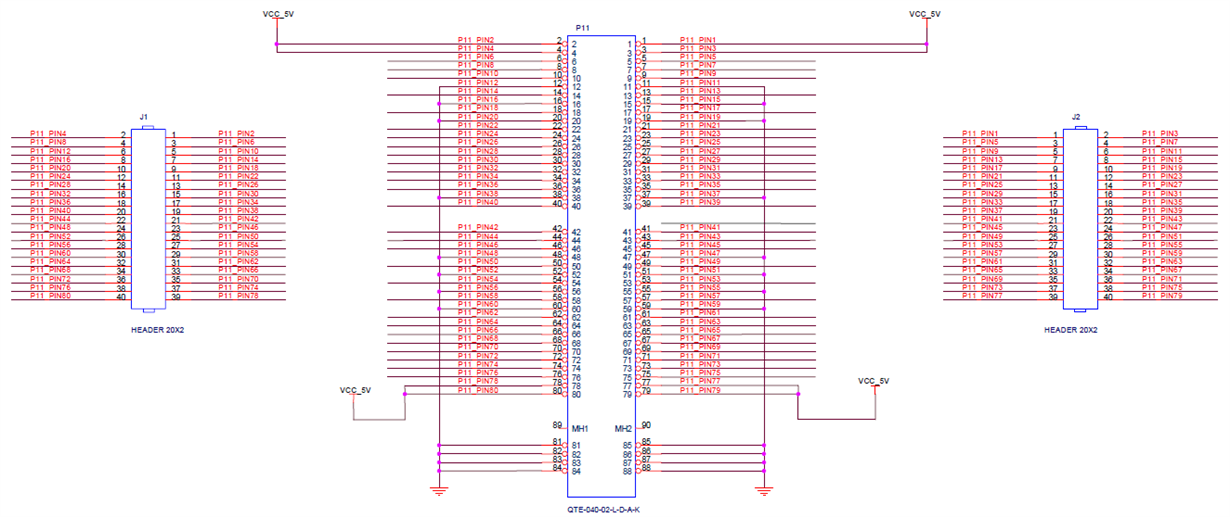Other Parts Discussed in Thread: TIDA-01454, , TMDSLCDK138, TMS320C6747, OMAP-L137, PCM1864
Hi,
Is it possible to use PCM1864-Based Circular Microphone Board (CMB) Reference Design (TIDA-01454) with OMAP-L138/6748 Development Kit (LCDK) (TMDSLCDK138/6748)?
On the TI Designs Forum I got an answer that "Circular Microphone board (CMB) can be used with any host device as it provides access to the I²C control lines and I²S data bus through different connectors. Please refer to the schematic of the CMB to find the available connection points." However, they we not sure if there were free I²C an I²S ports on the TMDXLCDK138/6748 as in the schematics I2C0 is connected to the video codec, and I2C1 is connected to the FTDI chip on both TMDLCDK6748 and on TMDSLCDK138.
Best regards,
Adam


